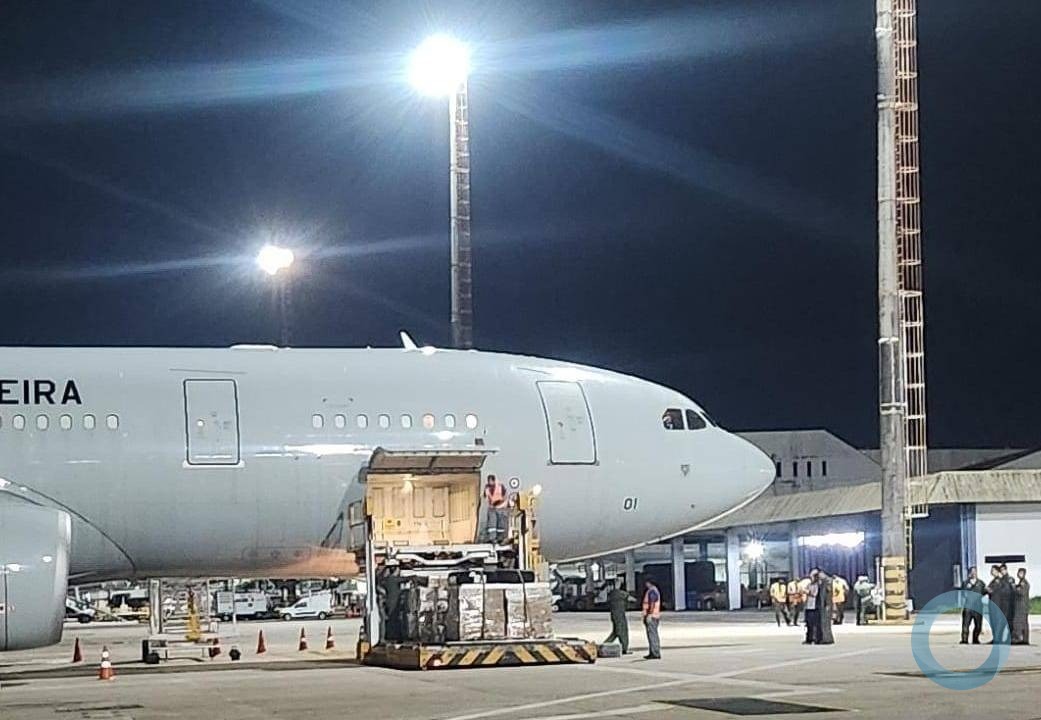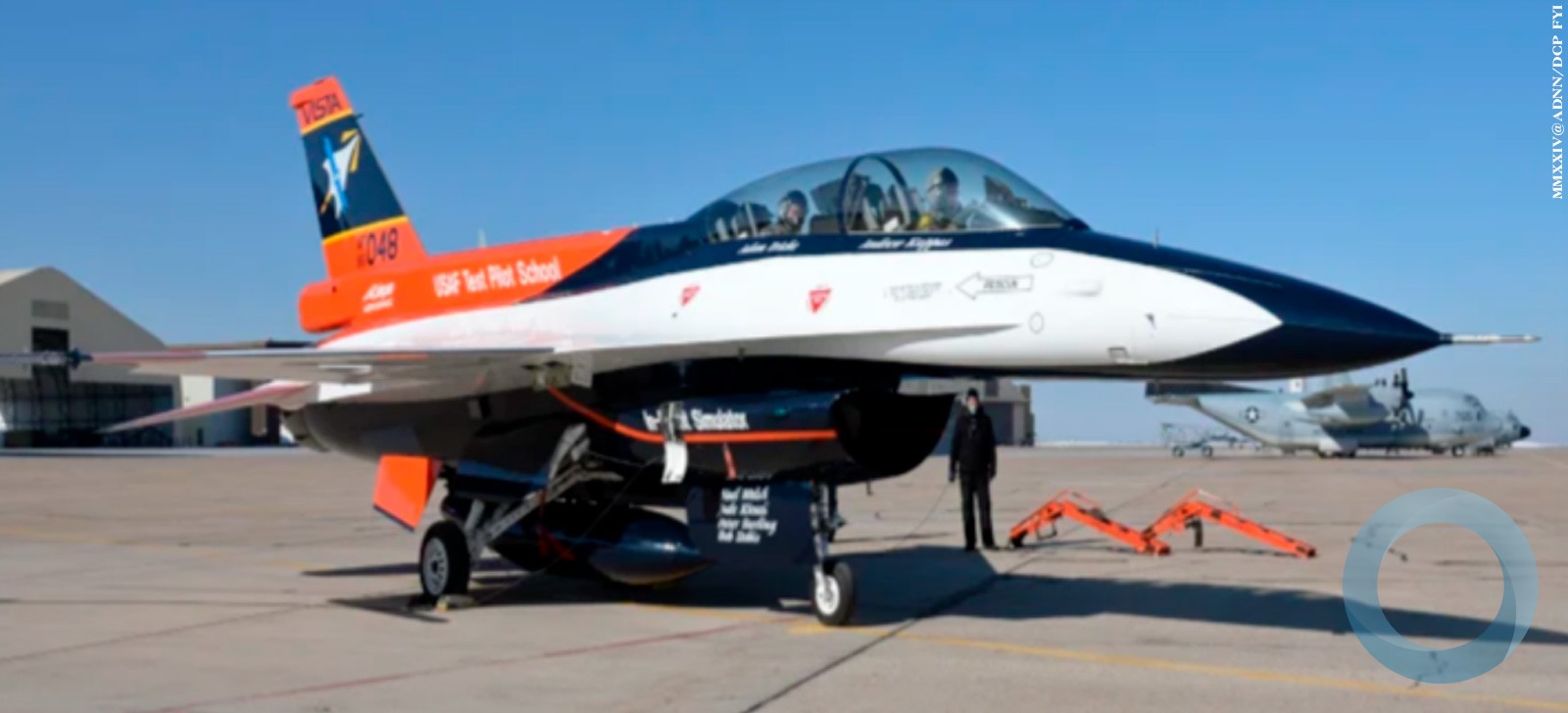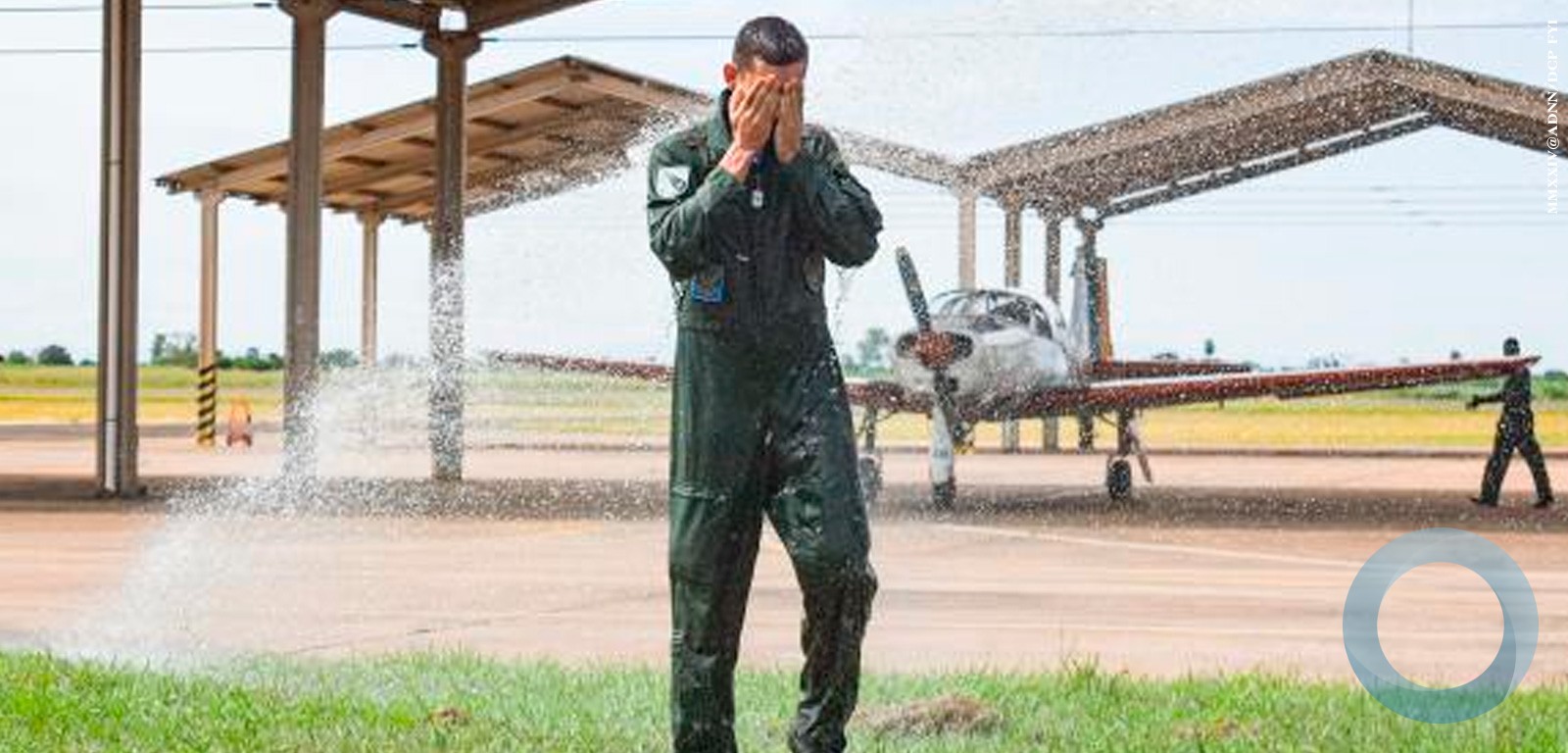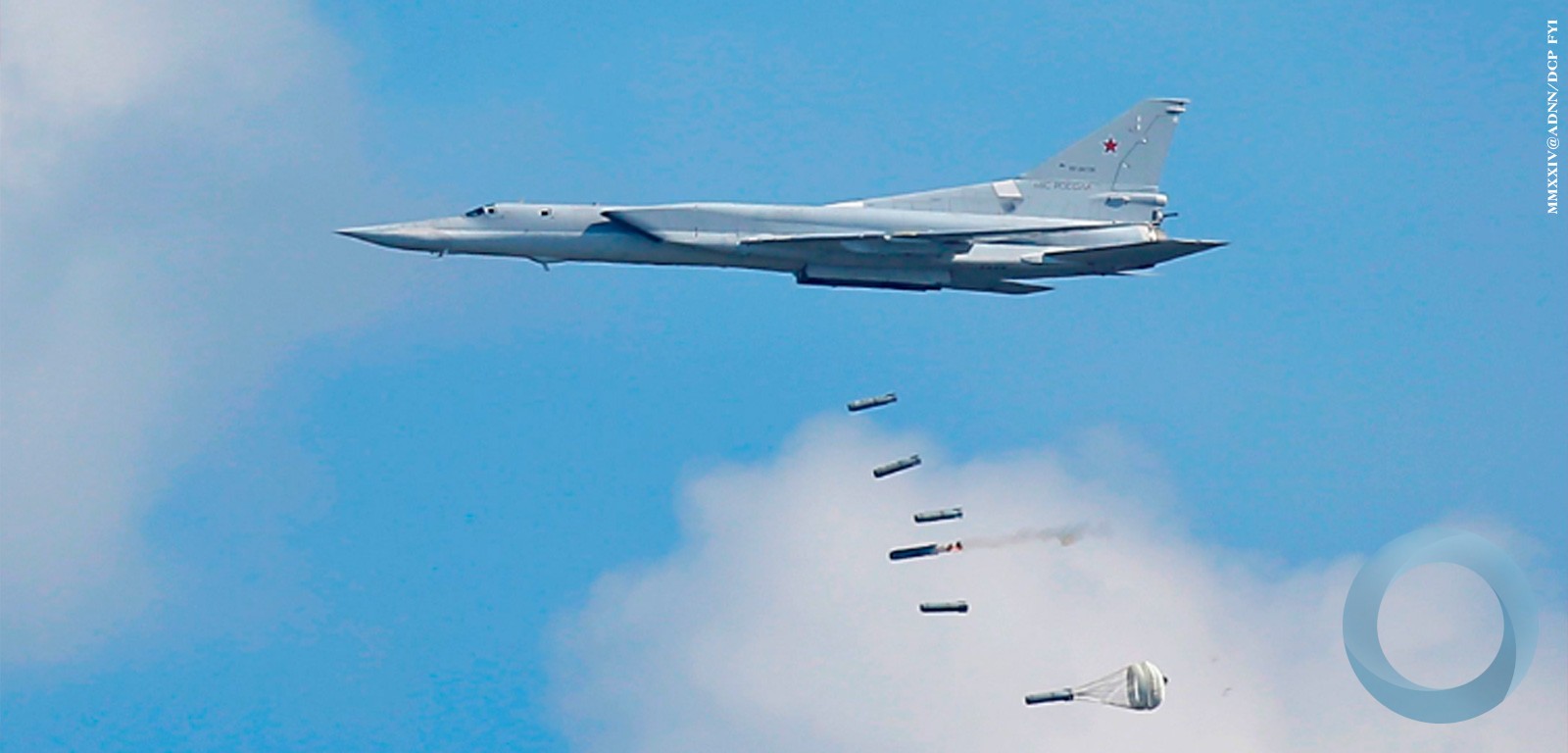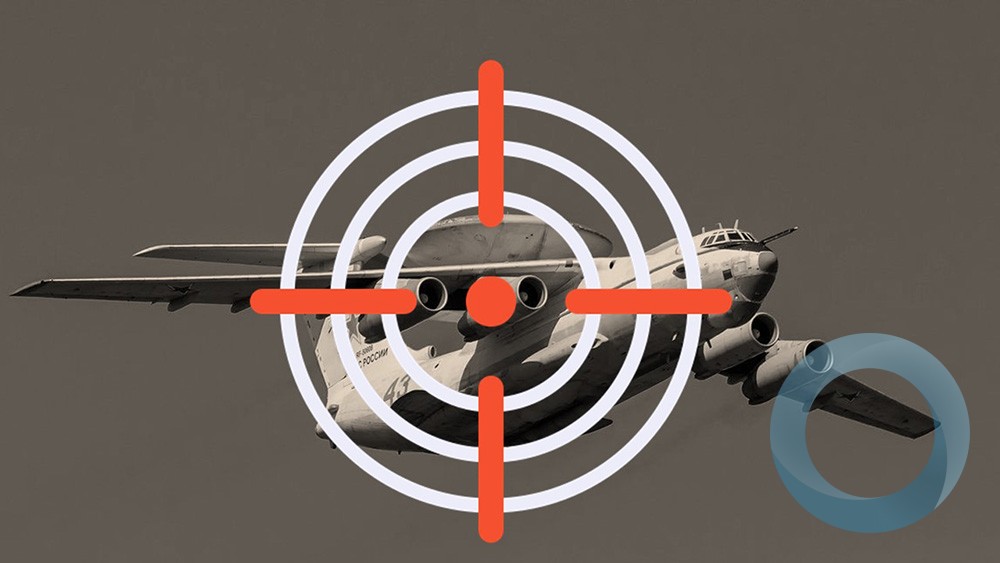Engenheiros da Boeing haviam identificado uma falha no software de alertas aos pilotos do avião 737 MAX já em 2017, vários meses antes do acidente da empresa Lion Air, comunicou a empresa americana neste domingo (05/05).
A Boeing disse que a diretoria da empresa só ficou sabendo dessa falha depois da tragédia na Indonésia. Após o comunicado, familiares disseram que a empresa deve assumir a responsabilidade pelos desastres na Indonésia e na Etiópia.
Segundo a Boeing, uma funcionalidade que deveria ser padrão e que informa os pilotos sobre discrepâncias entre os sensores AOA (ângulo de ataque) – que medem o ângulo da aeronave para alertar sobre uma iminente perda de sustentação (estol) – na verdade só era ativada se um indicador opcional fosse comprado pelas companhias aéreas.
Empresas que não compraram esse indicador opcional, incluindo a Lion Air e a Ethiopian Airlines, não tinham essa medida de segurança. Em softwares de versões anteriores do 737 não havia essa relação entre os sensores e o indicador opcional, e a Boeing não informou as empresas nem as autoridades aéreas sobre essa mudança, já identificada pelos seus engenheiros no relatório de 2017.
Segundo as investigações preliminares, no acidente da Lion Air, que causou 189 mortes em outubro de 2018, os indicadores AOA informaram dados errados ao sistema de estabilização da aeronave, o MCAS. Este, como estava previsto, assumiu o controle do avião e direcionou a sua frente ("nariz") para baixo, apesar de os pilotos tentarem retomar o controle sobre a aeronave e evitar a tragédia.
Em comunicado, a Boeing afirmou que nem os sensores AOA nem o alerta de discrepância são necessários para uma operação segura da aeronave, pois se tratam de "informação suplementar".
|
Boeing Statement on AOA Disagree Alert
On every airplane delivered to our customers, including the MAX, all flight data and information needed to safely operate the aircraft is provided in the flight deck on the primary flight deck displays. This information is provided full-time in the pilots’ primary field of view, and it always has been.
Air speed, attitude, altitude, vertical speed, heading and engine power settings are the primary parameters the flight crews use to safely operate the airplane in normal flight. Stick shaker and the pitch limit indicator are the primary features used for the operation of the airplane at elevated angles of attack. All recommended pilot actions, checklists, and training are based upon these primary indicators. Neither the angle of attack indicator nor the AOA Disagree alert are necessary for the safe operation of the airplane. They provide supplemental information only, and have never been considered safety features on commercial jet transport airplanes.
The Boeing design requirements for the 737 MAX included the AOA Disagree alert as a standard, standalone feature, in keeping with Boeing’s fundamental design philosophy of retaining commonality with the 737NG. In 2017, within several months after beginning 737 MAX deliveries, engineers at Boeing identified that the 737 MAX display system software did not correctly meet the AOA Disagree alert requirements. The software delivered to Boeing linked the AOA Disagree alert to the AOA indicator, which is an optional feature on the MAX and the NG. Accordingly, the software activated the AOA Disagree alert only if an airline opted for the AOA indicator.
When the discrepancy between the requirements and the software was identified, Boeing followed its standard process for determining the appropriate resolution of such issues. That review, which involved multiple company subject matter experts, determined that the absence of the AOA Disagree alert did not adversely impact airplane safety or operation. Accordingly, the review concluded, the existing functionality was acceptable until the alert and the indicator could be delinked in the next planned display system software update. Senior company leadership was not involved in the review and first became aware of this issue in the aftermath of the Lion Air accident.
Approximately a week after the Lion Air accident, on November 6, 2018, Boeing issued an Operations Manual Bulletin (OMB), which was followed a day later by the FAA’s issuance of an Airworthiness Directive (AD). In identifying the AOA Disagree alert as one among a number of indications that could result from erroneous AOA, both the OMB and the AD described the AOA Disagree alert feature as available only if the AOA indicator option is installed.
Boeing discussed the status of the AOA Disagree alert with the FAA in the wake of the Lion Air accident. At that time, Boeing informed the FAA that Boeing engineers had identified the software issue in 2017 and had determined per Boeing’s standard process that the issue did not adversely impact airplane safety or operation. In December 2018, Boeing convened a Safety Review Board (SRB) to consider again whether the absence of the AOA Disagree alert from certain 737 MAX flight displays presented a safety issue. That SRB confirmed Boeing’s prior conclusion that it did not. Boeing shared this conclusion and the supporting SRB analysis with the FAA.
Boeing is issuing a display system software update, to implement the AOA Disagree alert as a standard, standalone feature before the MAX returns to service. When the MAX returns to service, all MAX production aircraft will have an activated and operable AOA Disagree alert and an optional angle of attack indicator. All customers with previously delivered MAX airplanes will have the ability to activate the AOA Disagree alert. |
Em 2017, um relatório de revisão "determinou que a ausência do alerta sobre discrepâncias dos sensores AOA não tinha impacto negativo sobre a segurança ou operação da aeronave", concluindo que "a funcionalidade existente era aceitável até que a relação entre o alerta e o indicador [opcional] pudesse ser desfeita na próxima atualização prevista do software do sistema de display", afirmou a Boeing.
Toda a frota do 737 MAX está em terra desde meados de março, depois do acidente com uma avião da Ethiopian Airlines, que causou a morte de 157 pessoas. A empresa está trabalhando na atualização do MCAS para que as autoridades aéreas permitam que os aviões do tipo 737 MAX possam voar novamente.
737 deslizar da pista para rio na Flórida


Uma equipe de 16 investigadores federais viajou para Jacksonville, na Flórida, neste sábado, depois que um jato da Boeing com 143 pessoas a bordo deslizou de uma pista para um rio enquanto tentava pousar em uma base militar durante uma tempestade, ferindo 21 pessoas.
O Boeing 737-800, fretado pelo exército norte-americano, chegava da Baía de Guantánamo, em Cuba, com 136 passageiros e sete tripulantes quando caiu no rio St. Johns, no final da pista de pouso da estação aeronáutica de Jacksonville, informaram as autoridades.
Ninguém ficou gravemente ferido e as 21 pessoas levadas para um hospital foram classificadas como em boas condições, informou o escritório do xerife local.
O National Transportation Safety Board disse no Twitter que 16 investigadores estavam chegando a Jacksonville neste sábado.
“A equipe do NTSB tem expertise em operações de aeronaves, estruturas, usinas, desempenho humano, clima, aeroportos e outras áreas”, disse a agência, acrescentando que espera fornecer informações à mídia no final do dia.
O avião, fretado pela Miami Air International, estava tentando pousar por volta das 21h40, horário local, em meio a trovões e relâmpagos quando derrapou da pista e parou na água rasa do rio, disseram autoridades e passageiros.
A base militar fica na margem ocidental do rio St. Johns, cerca de 12,8 quilômetros ao sul do centro de Jacksonville.
A Miami Air International opera uma frota do Boeing 737-800, diferente da aeronave 737 MAX 8, que não está mais voando após dois acidentes fatais envolvendo o modelo.
Representantes da companhia aérea não responderam imediatamente aos pedidos por comentários.
Um porta-voz da Boeing informou que a empresa estava ciente do incidente e estava coletando informações.






